The 1960s were a wild time for food experimentation, when convenience and showmanship often trumped taste. Home cooks embraced new processed ingredients and outlandish presentations with unbridled enthusiasm. While some culinary innovations from this era deserve celebration, many others should remain firmly in the past where they belong.
1. Jellied Everything
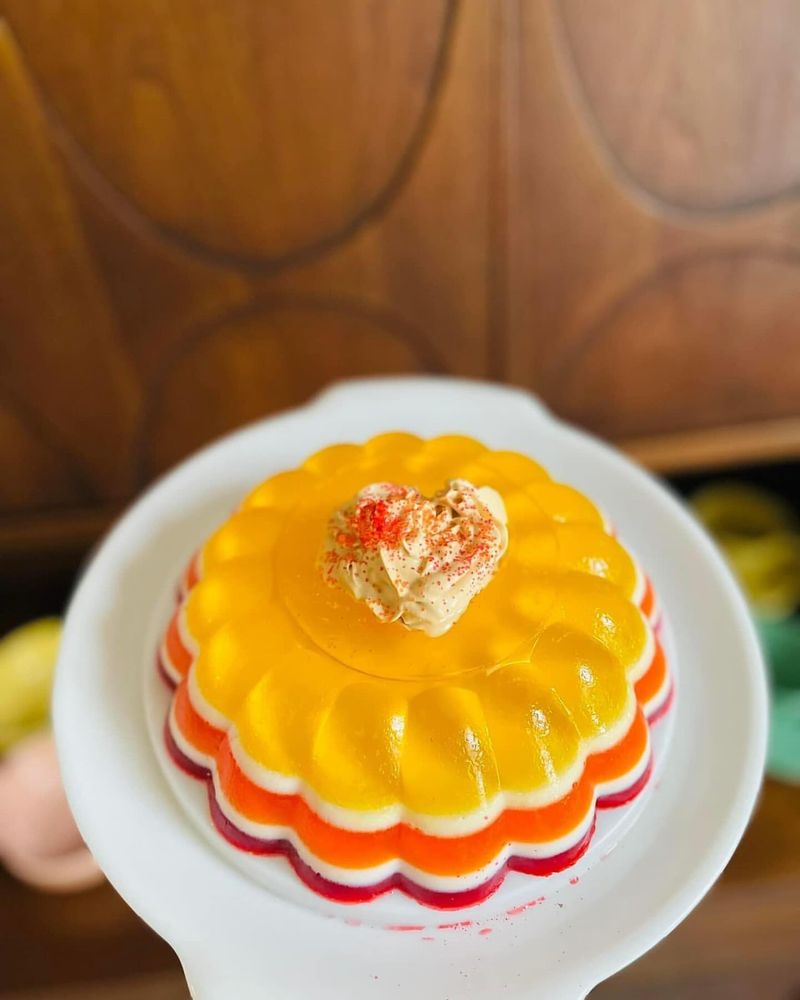
Savory gelatin molds dominated 1960s dinner parties. Cooks suspended everything from vegetables and seafood to mayonnaise and olives in wobbly Jell-O towers. The texture combination of slippery gelatin with chunks of meat created an unsettling mouthfeel most modern diners find revolting.
These aspic creations took hours to prepare and often collapsed into unappetizing puddles before serving. Magazine spreads showcased elaborate jellied salads as sophisticated fare, despite their questionable taste profiles.
The crown jewel of this trend? The infamous jellied salmon mousse, complete with olive garnishes arranged to resemble fish scales.
2. Spam Casseroles
Military surplus canned meat found its way into countless family dinners during the 60s. Homemakers proudly combined Spam with canned pineapple, maraschino cherries, and brown sugar to create sweet-savory casseroles that horrify modern palates.
Magazine recipes suggested cutting Spam into cubes, threading them onto toothpicks with canned fruit, and calling it ‘Hawaiian.’ The salty, processed meat paired with syrupy canned goods created a peculiar flavor combination that thankfully disappeared from dinner tables.
Some adventurous cooks even incorporated Spam into breakfast dishes, slicing it thin and frying it as a bacon substitute.
3. Prawn Cocktail Sundaes
Serving seafood in ice cream glasses was all the rage. Shrimp or prawns dangled precariously over the edges of parfait glasses, drowning in ketchup-heavy cocktail sauce and wilted lettuce. Hosts considered this presentation the height of sophistication.
The cocktail sauce typically contained an alarming amount of ketchup mixed with horseradish and Worcestershire sauce. Fancy establishments might add a splash of brandy or sherry to elevate the dish.
The presentation prioritized appearance over practicality – eating from these tall, narrow glasses required gymnastic feats with tiny cocktail forks, leaving guests struggling to extract the seafood with dignity intact.
4. Crown Roast of Frankfurters
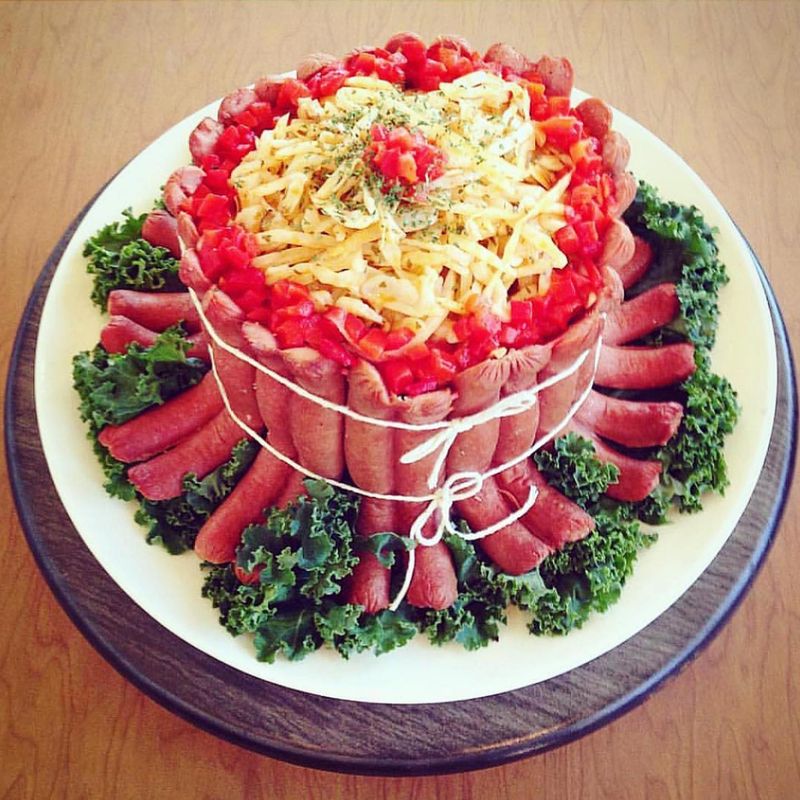
Nothing says elegant dining like hot dogs arranged in a circle! This bizarre creation involved standing frankfurters on end in a ring, creating a “crown” that was then filled with mashed potatoes or baked beans. Paper frills adorned each frankfurter tip for extra pizzazz.
Family cookbooks suggested this monstrosity for special occasions, despite it being essentially carnival food in fancy dress. The hot dogs would often split during cooking, creating a less-than-regal presentation.
Magazine photos showed these creations garnished with parsley and pimiento, as if adding a few red pepper pieces could transform processed meat tubes into gourmet cuisine.
5. Pineapple Cheese Balls
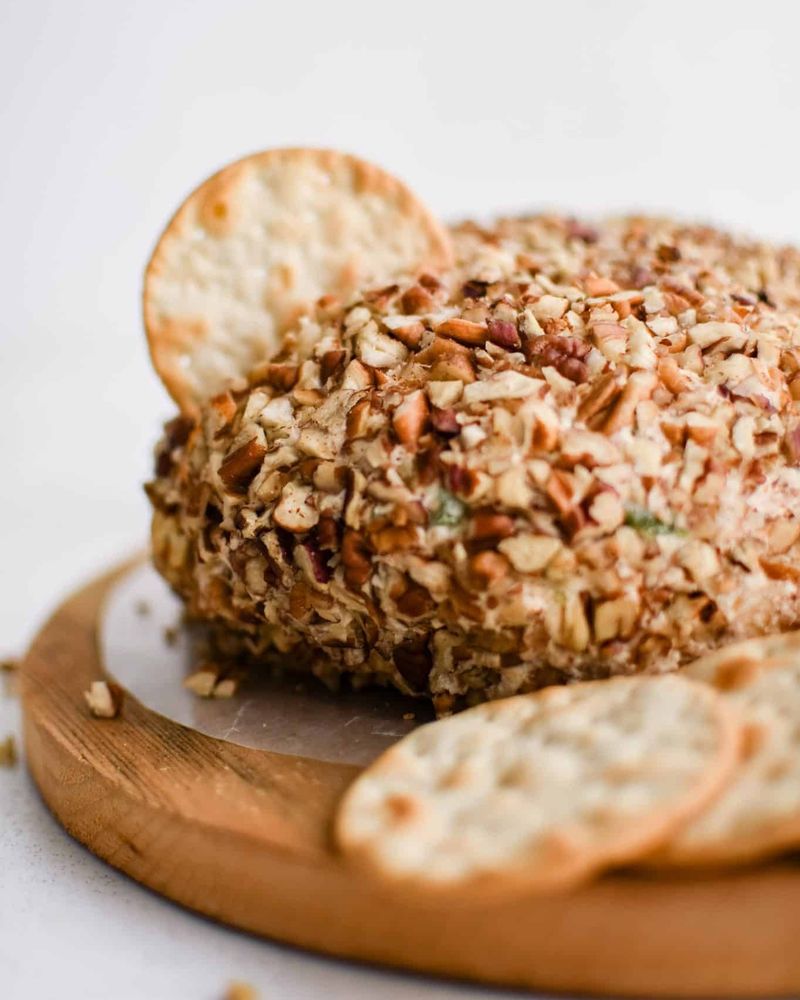
Cheddar cheese mixed with crushed pineapple and rolled in nuts became a staple at neighborhood gatherings. This sticky, sweet-savory blob was typically served with crackers and toothpicks, causing guests to awkwardly navigate the crumbly mixture.
Recipe cards called for generous amounts of mayonnaise to bind the concoction together, creating a texture that grew increasingly concerning as it sat out during parties. The pineapple juice would eventually separate from the cheese, forming an unappetizing puddle around the base.
Hostesses often shaped these cheese balls to resemble actual pineapples, complete with green pepper “leaves” sticking out of the top for that authentic tropical look.
6. Liver Pâté Frosted Sandwiches
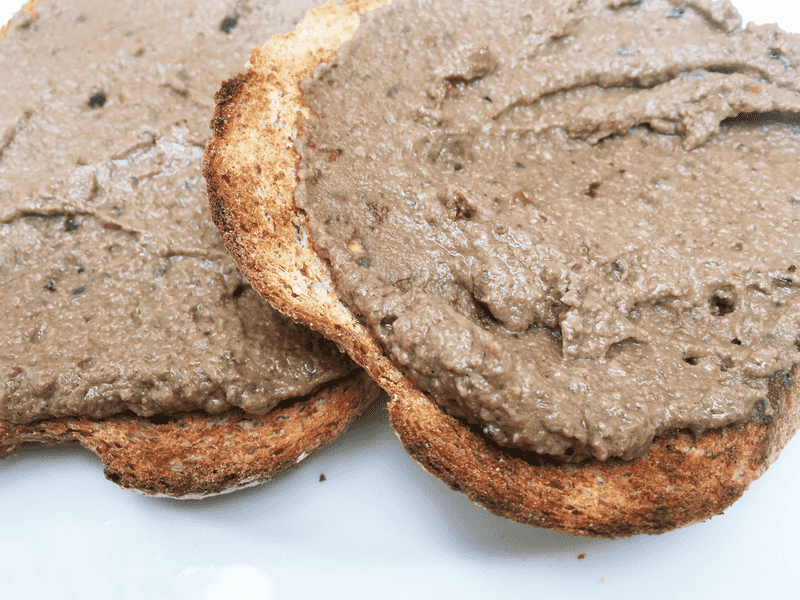
Sandwich loaves resembled birthday cakes but contained savory horrors within. Bakers stacked white bread with fillings like liver pâté, egg salad, and cream cheese, then “frosted” the entire creation with more cream cheese dyed unnatural colors.
These architectural nightmares required refrigeration to maintain structural integrity, yet often sat at room temperature during lengthy parties. The bread would gradually become soggy while the cream cheese frosting developed an unappetizing crust.
Decorations included olives, pimento strips, and parsley arranged in floral patterns. Cutting into these creations revealed disturbingly colorful layers that bore little resemblance to actual sandwiches.
7. TV Dinner Entertaining
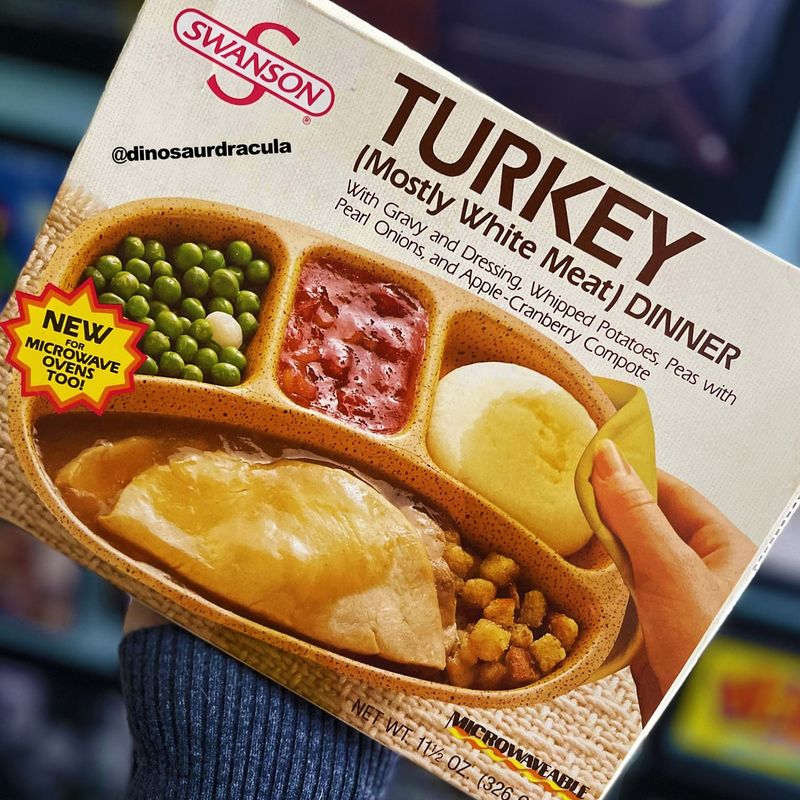
Serving guests pre-packaged frozen meals on special occasions became surprisingly acceptable. Hosts would arrange aluminum trays on TV tables, considering this the epitome of modern convenience entertaining.
These frozen dinners featured compartmentalized sections containing mystery meat, unnaturally yellow corn, and gummy mashed potatoes. The dessert section typically held a fruit-like substance swimming in gelatinous syrup.
Magazine articles actually suggested ways to “dress up” these frozen meals for company – adding a sprig of parsley or transferring the contents to proper china plates, as if that somehow transformed the institutional-quality food into fine dining.
8. Fondue With Everything
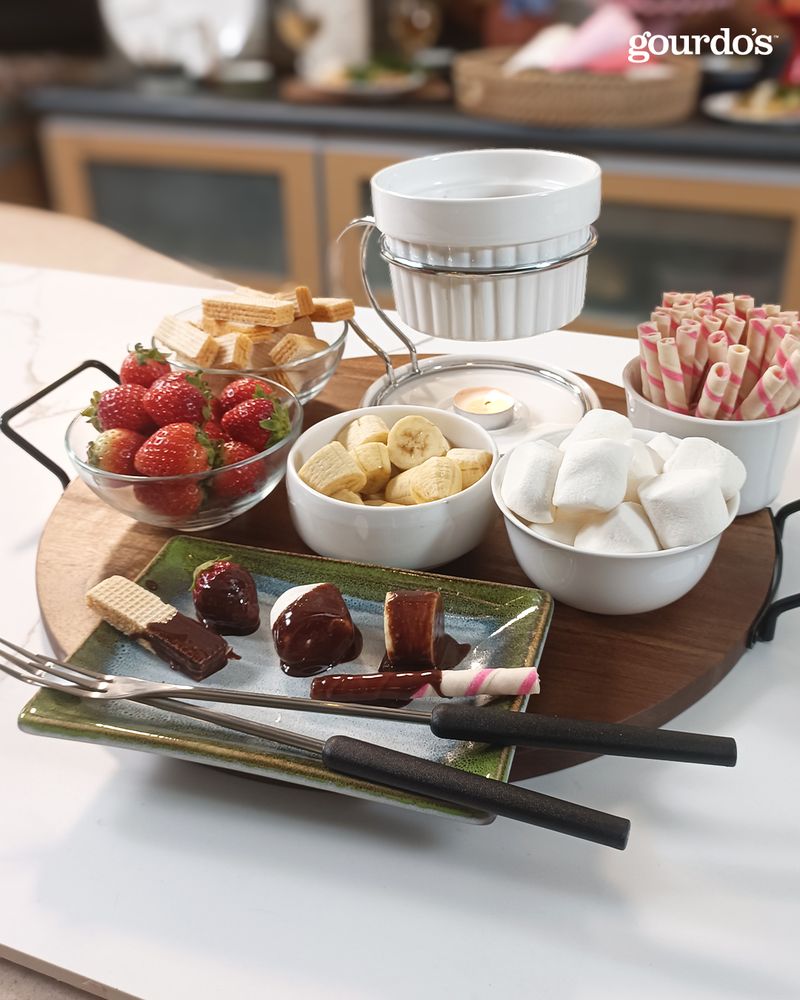
Fondue pots became mandatory wedding gifts, leading to countless cheese-related disasters. The trend expanded beyond traditional Swiss cheese versions to include cooking raw meat in hot oil at the table, creating splatter hazards and burn risks for unwary guests.
Chocolate fondue turned simple desserts into potential wardrobe destroyers. The long fondue forks proved particularly dangerous after a few glasses of wine, resulting in dropped food and embarrassing stains.
Hosts often lacked proper temperature control, resulting in cheese that quickly congealed into rubber or chocolate that burned and separated. The rule about losing your bread in the pot requiring a kiss from another guest led to awkward social dynamics.
9. Candle Salad
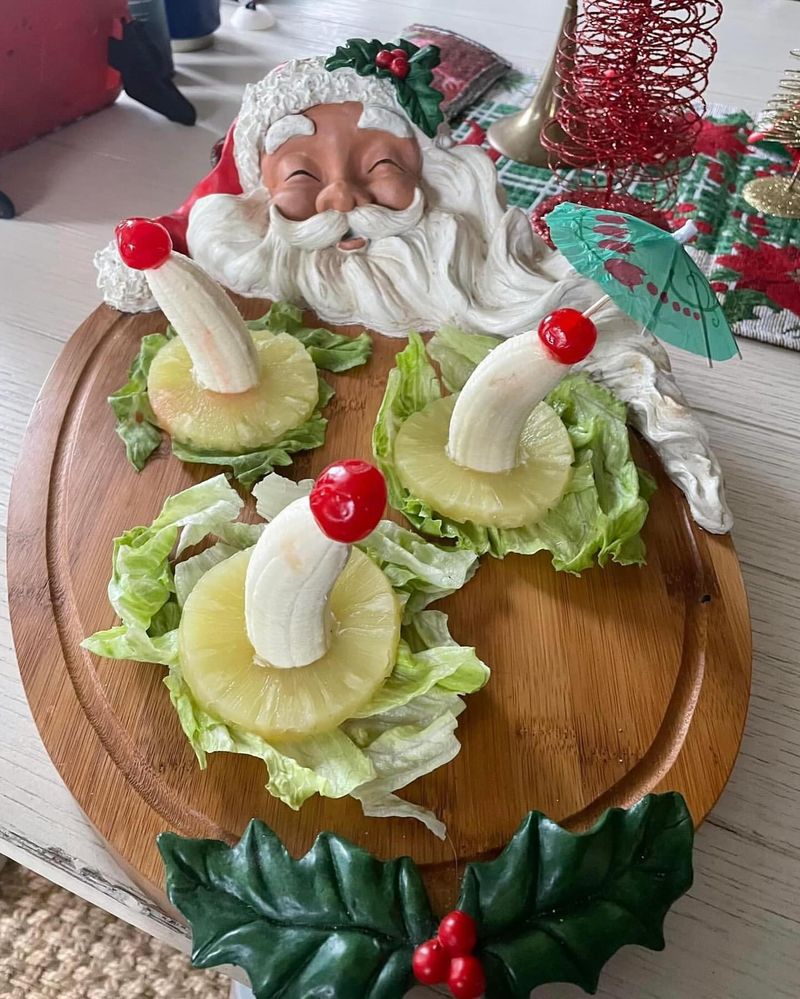
This inappropriately suggestive “salad” consisted of half a banana standing upright in a pineapple ring, topped with a maraschino cherry “flame.” Amazingly, this was considered appropriate for children’s parties and appeared in family cookbooks throughout the decade.
Mayonnaise was often drizzled over the banana to represent “melting wax,” adding an unappetizing slickness to the fruit. Some recipes suggested placing the banana on a lettuce leaf for extra nutritional value, as if that somehow transformed this bizarre creation into an actual salad.
10. Tang and Space Food
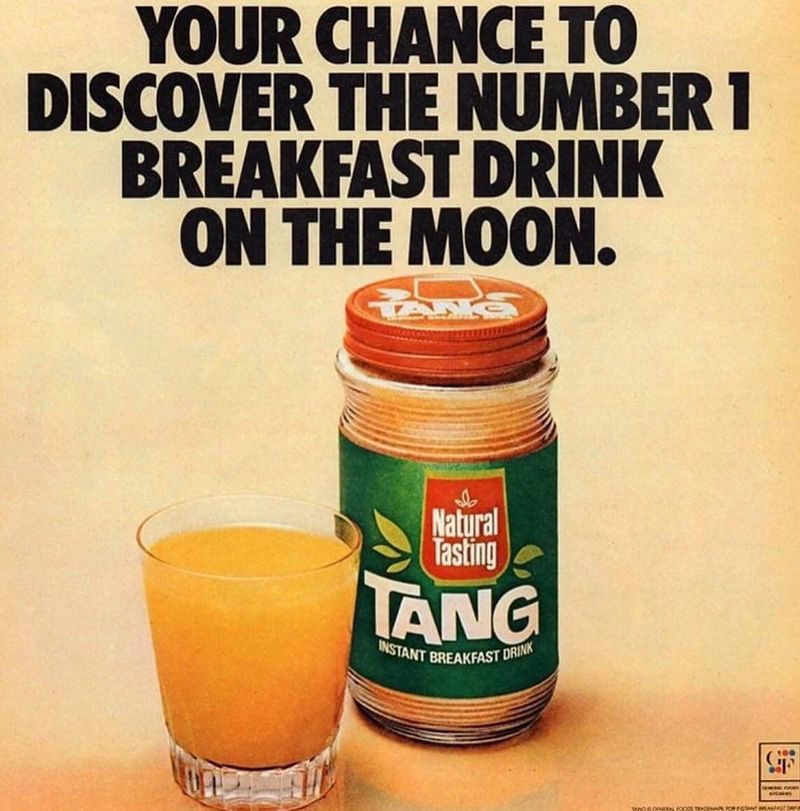
The space race influenced kitchens across America, with families eagerly consuming powdered orange drinks because “astronauts drank it in space.” Tang became a breakfast staple despite tasting nothing like actual orange juice and containing primarily sugar and artificial colors.
Freeze-dried ice cream sold as “space food” delighted children who quickly discovered it tasted like sweetened chalk. Parents justified serving these processed foods by connecting them to the exciting frontier of space exploration.
Companies marketed other dehydrated and powdered foods as futuristic and convenient, regardless of their flavor deficiencies. The novelty outweighed taste considerations in this technology-obsessed era.
11. Perfection Salad
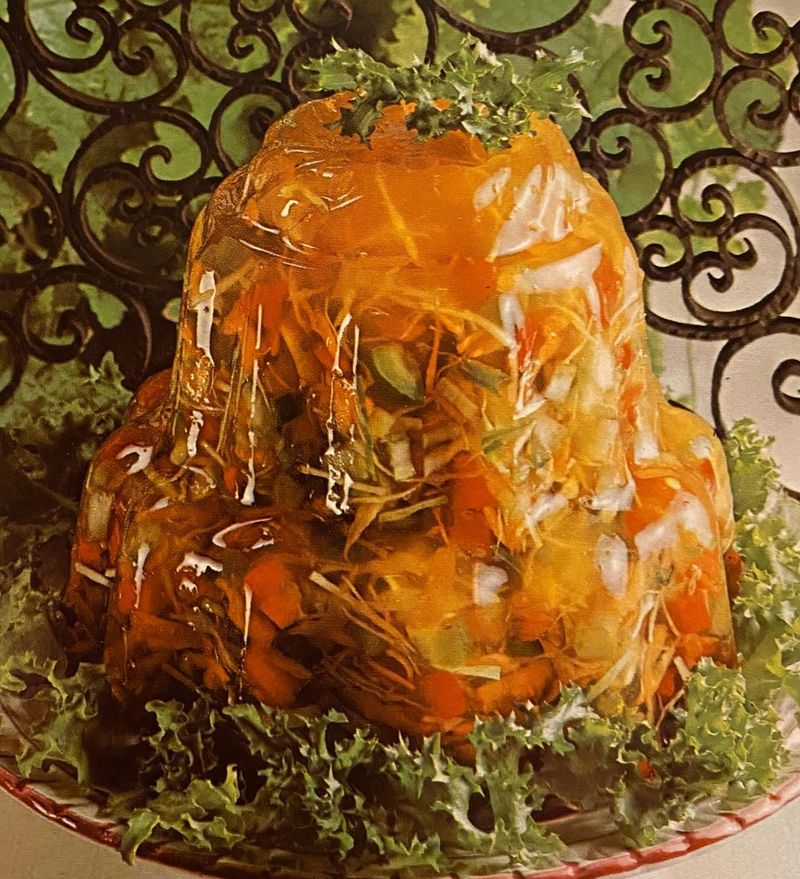
This misnamed monstrosity contained no actual salad ingredients but rather cabbage, celery, and carrots suspended in lemon-flavored gelatin. Developed in the early 1900s, it inexplicably maintained popularity through the 1960s, appearing at potlucks and family gatherings.
The vegetables would release water during setting, creating cloudy pockets within the gelatin. The texture combination of crunchy vegetables and slippery gelatin produced an unsettling mouthfeel that modern diners find repulsive.
Recipes often suggested serving slices on lettuce leaves with a dollop of mayonnaise, creating a redundant presentation of vegetables on vegetables, bound together with gelatin and covered in fat.
12. Canned Bread
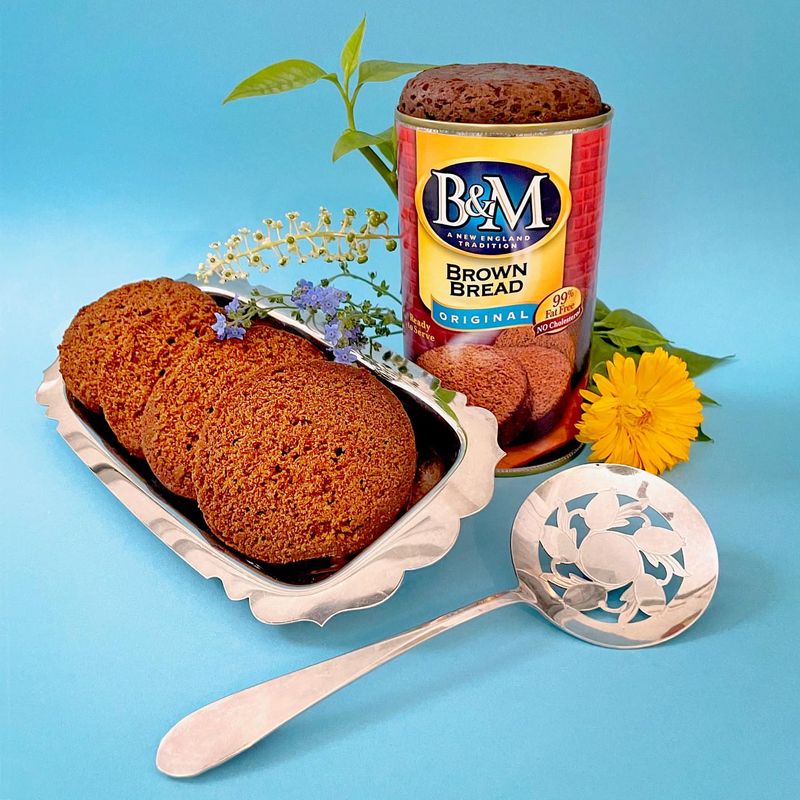
Brown bread in a can exemplified the 1960s obsession with convenience at the expense of quality. This dense, sweet molasses bread came fully cooked in a cylinder-shaped can, ready to be sliced into perfect rounds – no baking required!
The texture resembled a damp sponge, while the flavor profile featured an odd metallic undertone from its prolonged storage in tin. Recipe suggestions included spreading it with processed cheese product or topping it with canned baked beans.
Marketing promoted canned bread as “always fresh” despite sitting on shelves for months. The brown color came from caramel coloring rather than wholesome ingredients, epitomizing the era’s casual relationship with food additives.
13. Frankfurter Spectacular
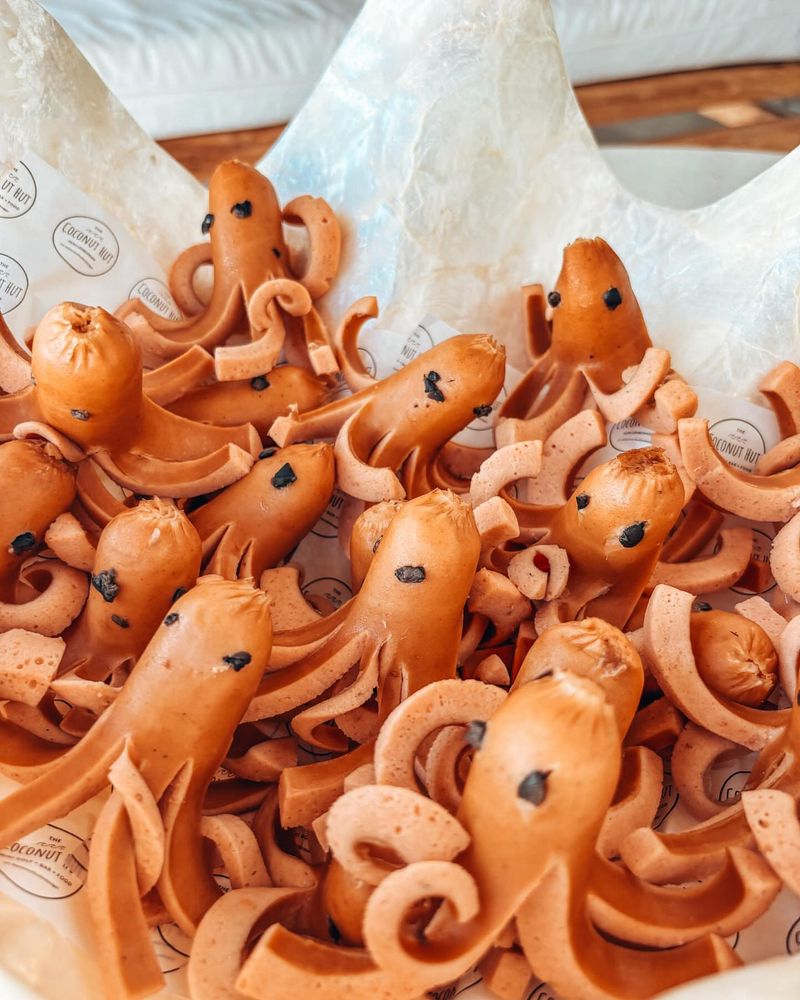
Hot dogs sliced to resemble octopuses and arranged around mashed potato “islands” created underwater scenes that haunted children’s nightmares. Cookbooks suggested this presentation for birthday parties, apparently unconcerned about traumatizing young guests.
Creating the frankfurter octopuses involved making precise cuts halfway up the hot dog, which would curl outward when boiled. Overcooked hot dogs often split unpredictably, creating mutant sea creatures rather than the cute octopuses pictured in recipe books.
Blue food coloring sometimes tinted the mashed potatoes to enhance the oceanic theme, resulting in an unappetizing gray-blue paste that children pushed around their plates while parents insisted it was “fun food.”
14. Salmon Mousse in Fish Molds
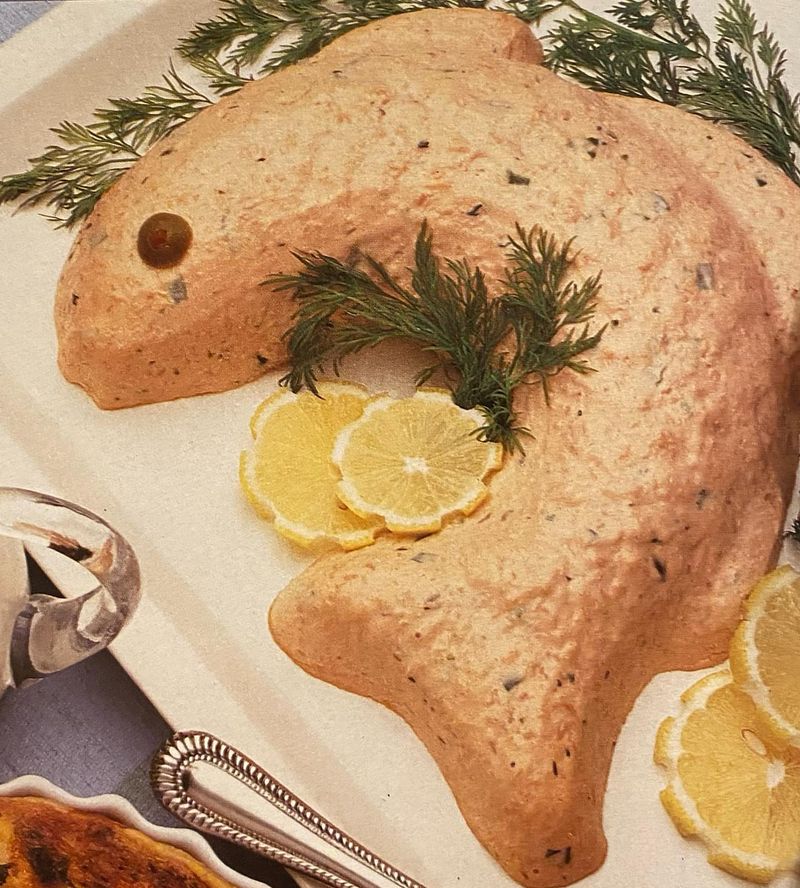
Hostesses proudly served pink fish-shaped blobs of canned salmon mixed with gelatin and mayonnaise. Fish-shaped copper molds were prized possessions, passed down through generations like treasured heirlooms despite their questionable culinary purpose.
The mousse typically contained canned salmon with visible bits of skin and bones, mixed with enough mayonnaise to create a uniformly pink paste. Lemon gelatin provided structure, creating a wobbly fish that maintained an unsettling jiggle when presented to guests.
Decorative capers for “eyes” and cucumber scales completed the aquatic presentation. The fishy fragrance intensified as the mousse reached room temperature during parties, creating an increasingly pungent centerpiece.
15. Ambrosia Salad
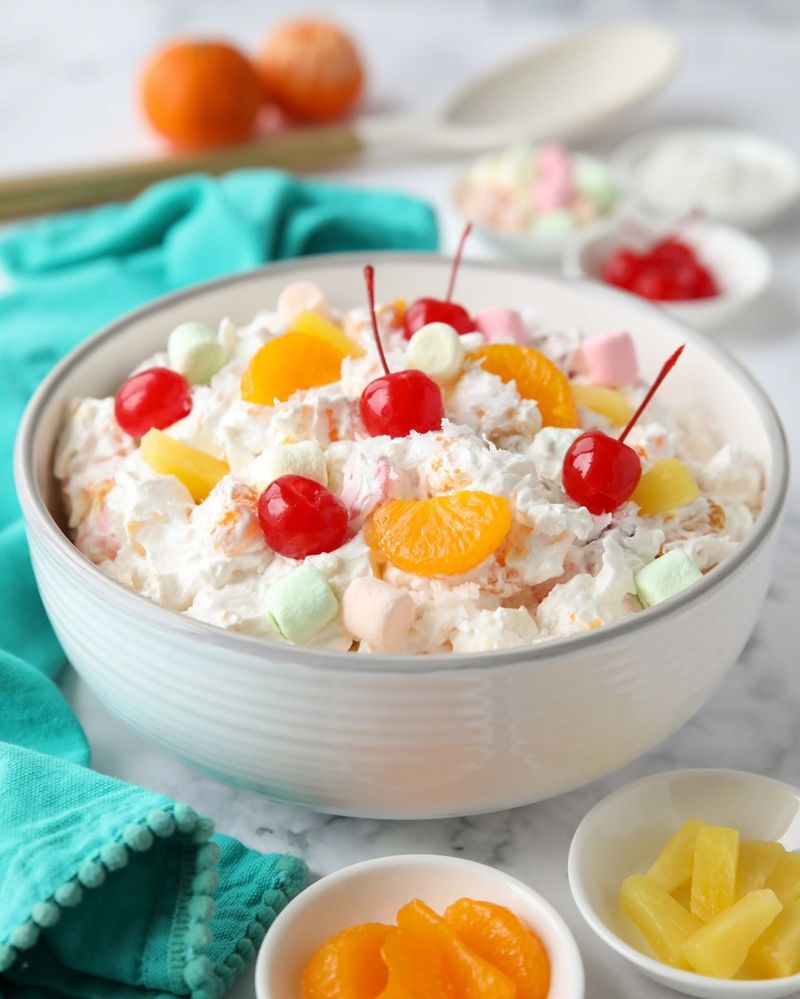
This tooth-achingly sweet concoction combined canned mandarin oranges, marshmallows, coconut, and maraschino cherries suspended in whipped cream or Cool Whip. Despite containing no actual vegetables, it earned the classification of “salad” and appeared regularly at dinner tables rather than dessert courses.
The artificial colors from the maraschino cherries would gradually bleed into the white cream, creating an unsettling pink tinge. Miniature marshmallows would partially dissolve, creating gummy pockets throughout the mixture.
Family recipes often included additional canned fruits and sometimes even cottage cheese, creating a sugar-laden dairy bomb that bore no resemblance to the mythological food of the gods it was named after.
16. Tuna Noodle Casserole with Potato Chips
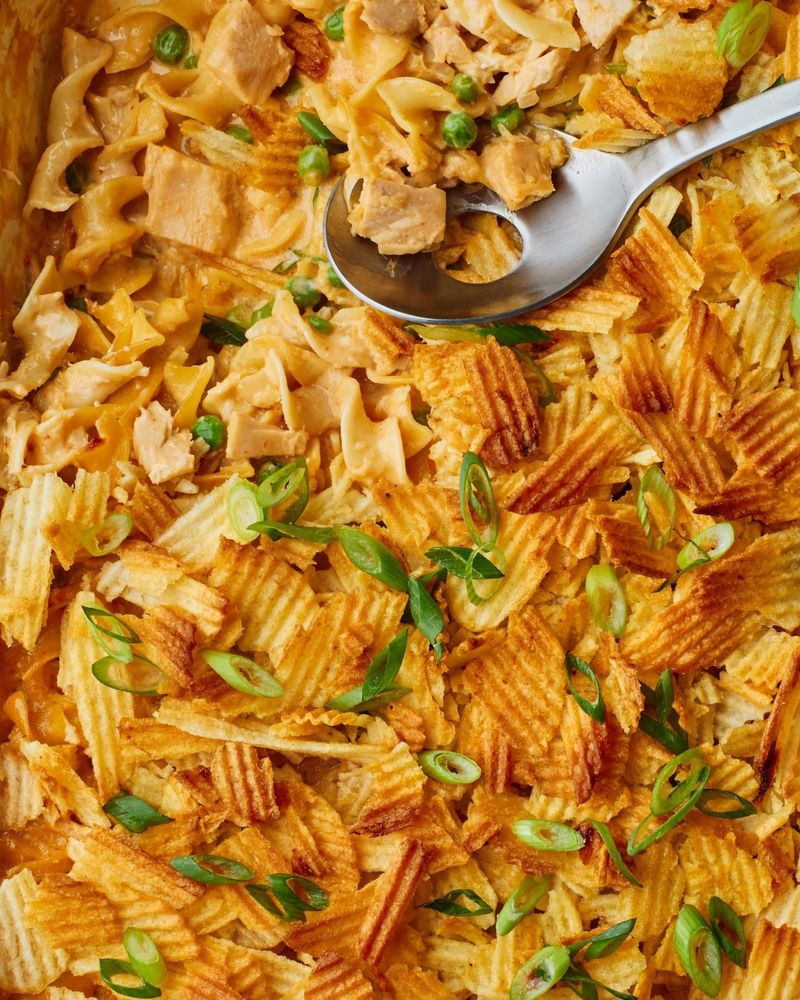
Canned tuna mixed with condensed cream of mushroom soup and topped with crushed potato chips defined 1960s comfort food. This budget-friendly dish appeared weekly on family dinner tables, much to the dismay of children nationwide.
The casserole typically featured overcooked egg noodles that turned mushy under the weight of the creamy soup sauce. Frozen peas added obligatory vegetable content, though they often released excess water, creating soggy pockets throughout the dish.
Crushed potato chips provided the only textural contrast, though they quickly absorbed moisture from the casserole and transformed from crispy topping to soft, oil-saturated mush with a vaguely potato-like flavor.
17. Cocktail Weenies in Grape Jelly
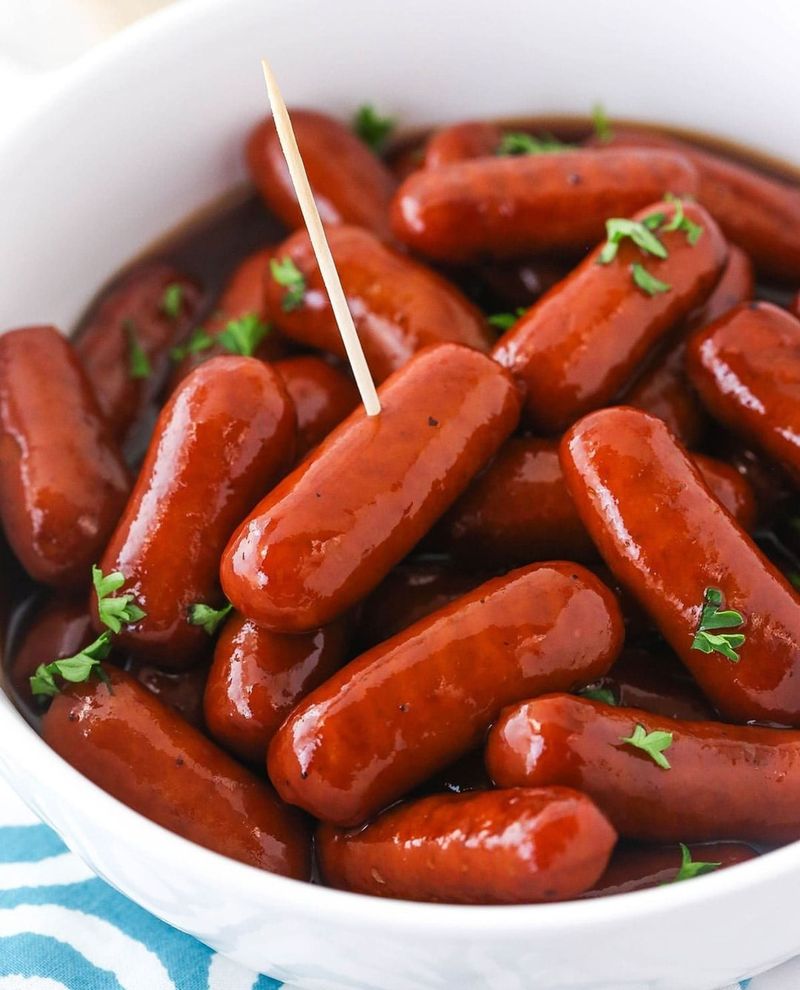
Miniature hot dogs swimming in a bubbling cauldron of grape jelly and chili sauce became the pinnacle of sophisticated party food. This bizarre sweet-spicy combination somehow captivated guests who would spear the slippery sausages with toothpicks while trying not to drip purple sauce on their polyester outfits.
The sauce would gradually thicken as parties progressed, eventually reaching a sticky consistency that could pull dental work loose. The questionable mixture would simmer for hours in electric chafing dishes, creating an increasingly concentrated flavor bomb.
Recipe cards proudly declared this appetizer “always the first to disappear at parties!” – likely because the purple-brown sauce looked increasingly unappetizing as the evening wore on.
18. Tomato Aspic
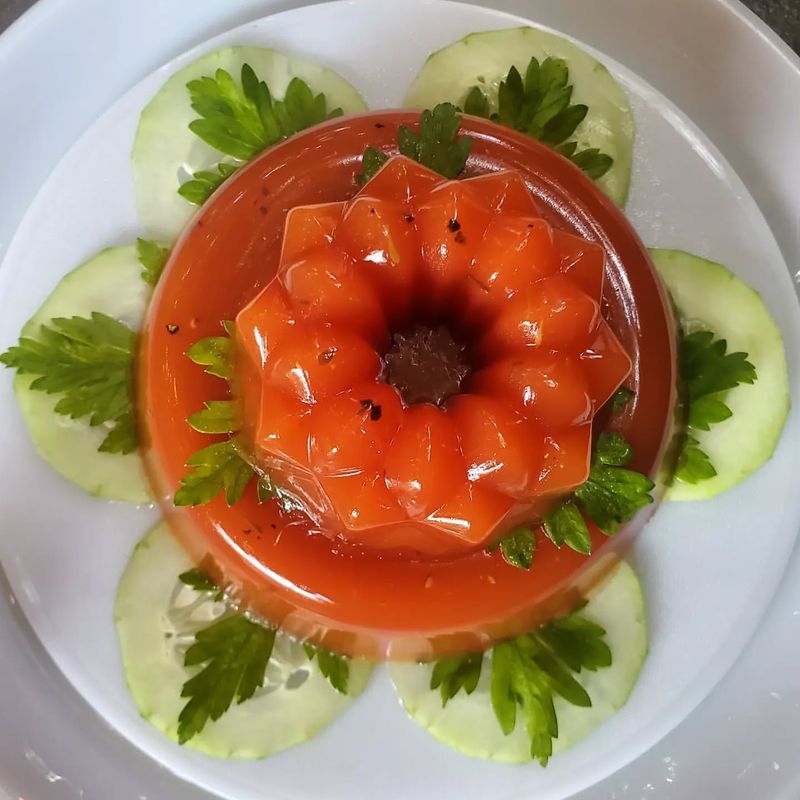
Tomato juice solidified with gelatin and molded into elaborate shapes epitomized sophisticated 1960s dining. This wobbly, cold tomato jelly typically featured celery, olives, and occasionally shrimp suspended within its quivering depths.
The texture resembled firm Jell-O but tasted like cold, congealed tomato soup – a combination few modern palates would tolerate. Magazine spreads showed these creations unmolded onto beds of lettuce and garnished with mayonnaise dollops, as if that somehow improved the experience.
Preparing tomato aspic required precise temperature control; too warm and it wouldn’t set, too cold and it would separate, creating unappealing clear liquid pools around a shrunken tomato blob.
19. Creamed Chipped Beef on Toast
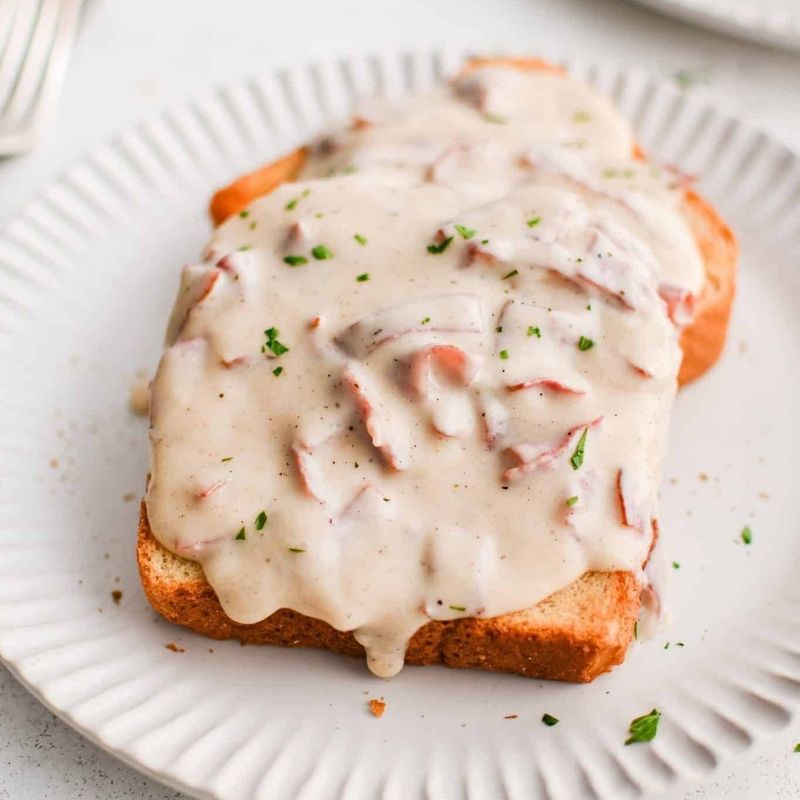
Affectionately known by military veterans as “SOS” (with the S standing for something unprintable), this budget meal featured dried beef in white sauce served over toast. The salty preserved meat came in glass jars, requiring soaking to make it remotely palatable.
The cream sauce contained alarming amounts of butter and flour, creating a paste-like consistency that would congeal as it cooled. The beige-on-beige presentation lacked visual appeal, while the flavor profile consisted primarily of salt with underlying notes of more salt.
Despite its military origins as emergency rations, this dish somehow became mainstream family fare, traumatizing a generation of children who learned to approach creamy white sauces with suspicion.
20. Instant Breakfast Drinks
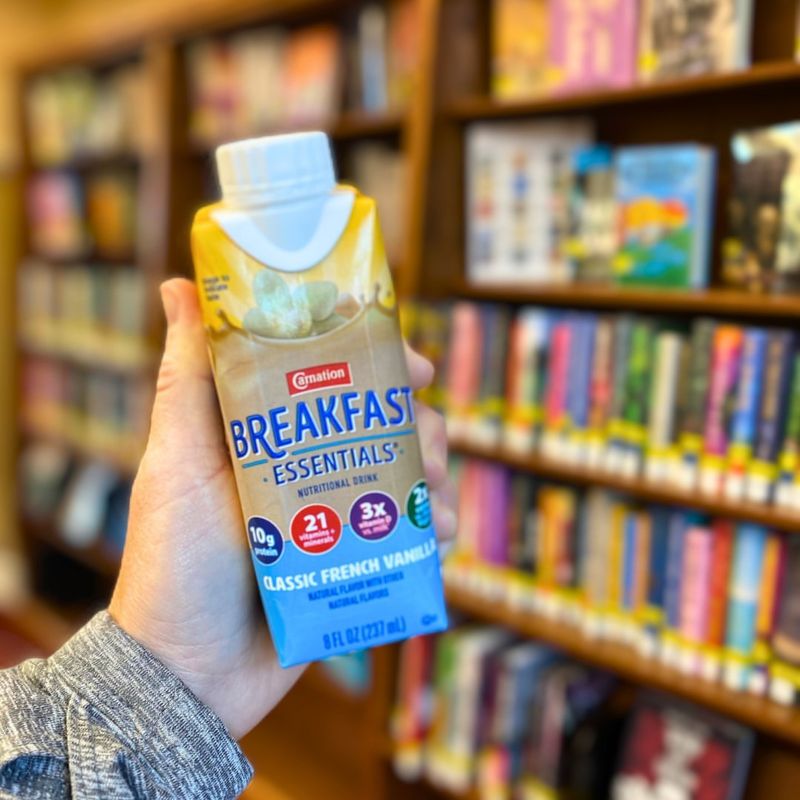
Powder stirred into milk promised all the nutrition of a complete breakfast without the inconvenience of actually eating food. These instant breakfast products claimed to contain essential vitamins and minerals despite tasting primarily of artificial chocolate or strawberry flavoring.
Advertisements targeted busy housewives, suggesting they could serve their families nutritious breakfasts without cooking. The reality was a glass of thin, slightly gritty sweetened milk that left consumers hungry an hour later.
The colorful canisters featured images of hearty breakfasts with eggs, toast, and orange juice – meals that actually would have provided proper nutrition, unlike the powder that supposedly replaced them.

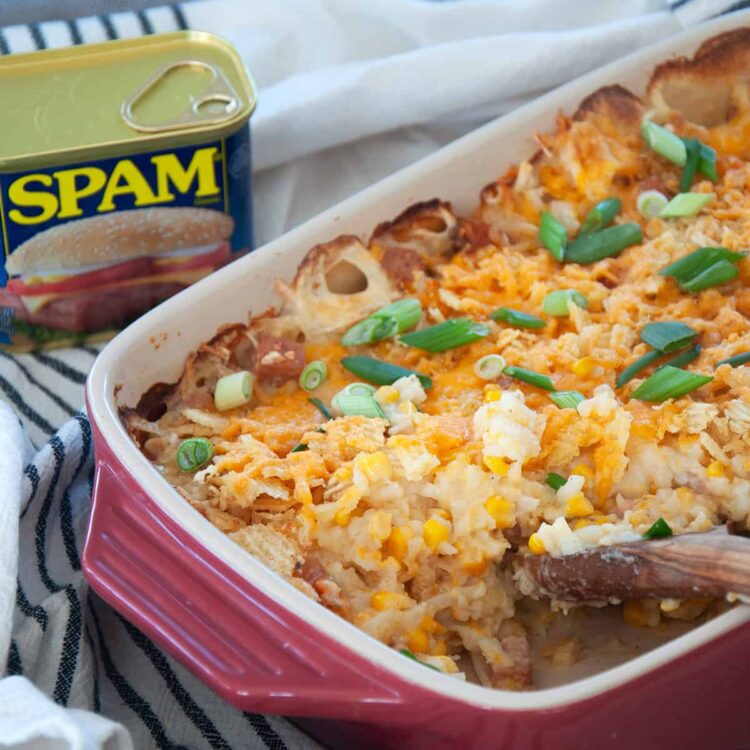
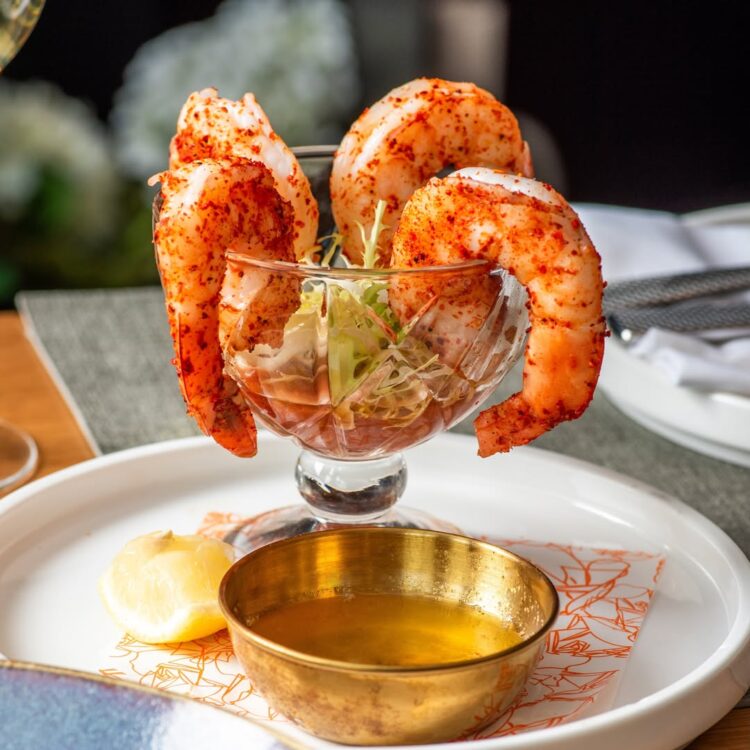
Comments
Loading…